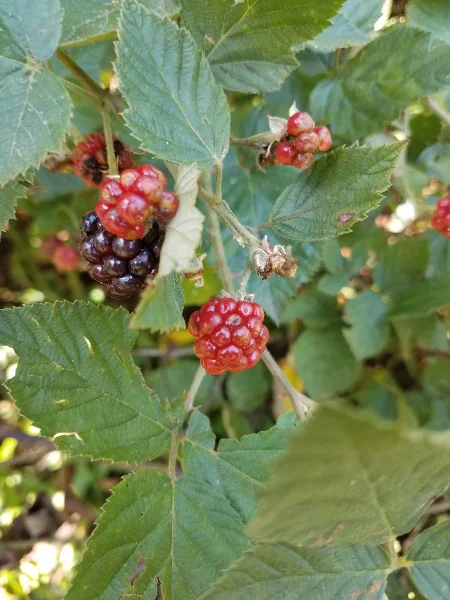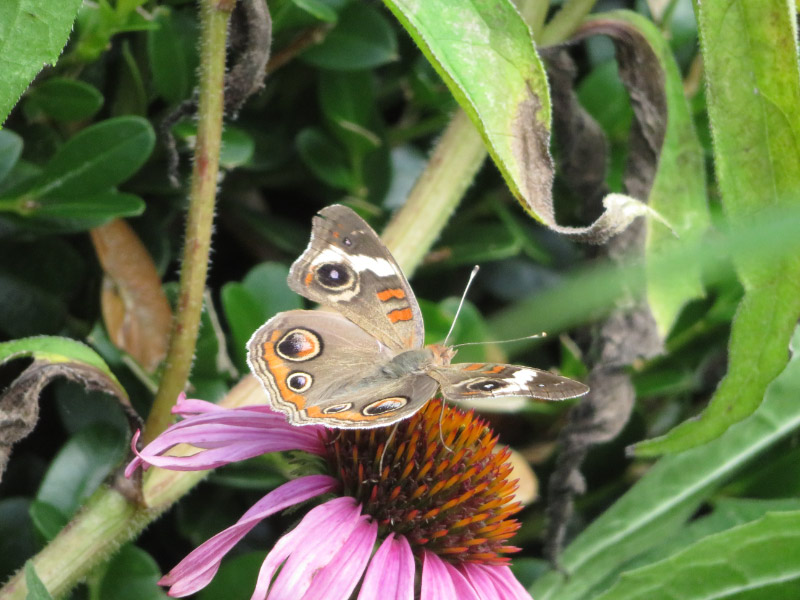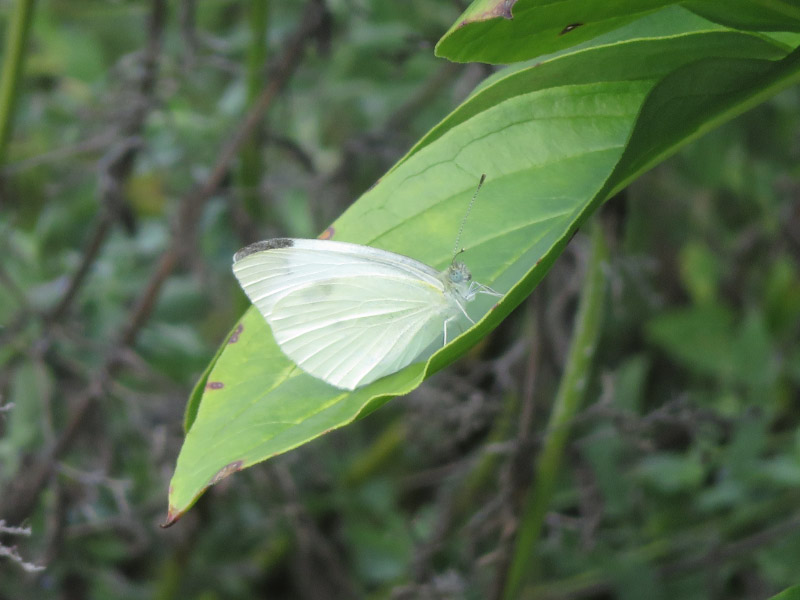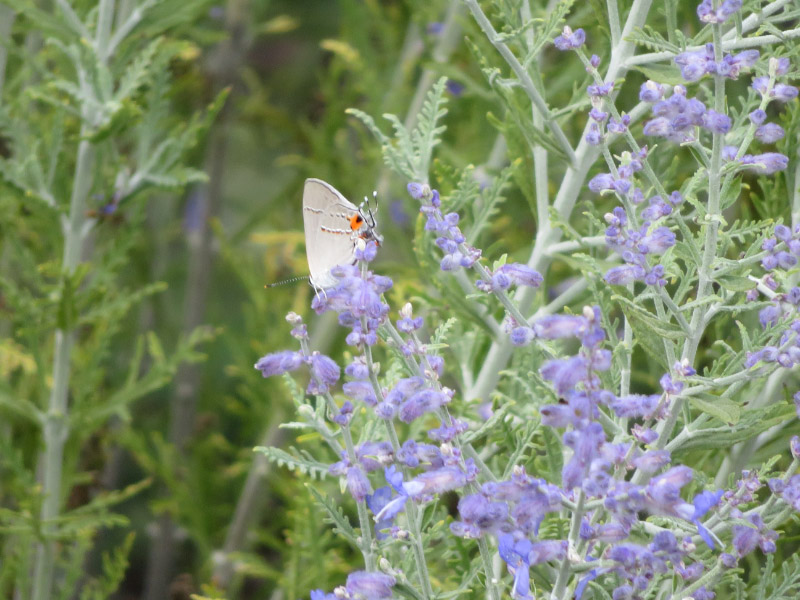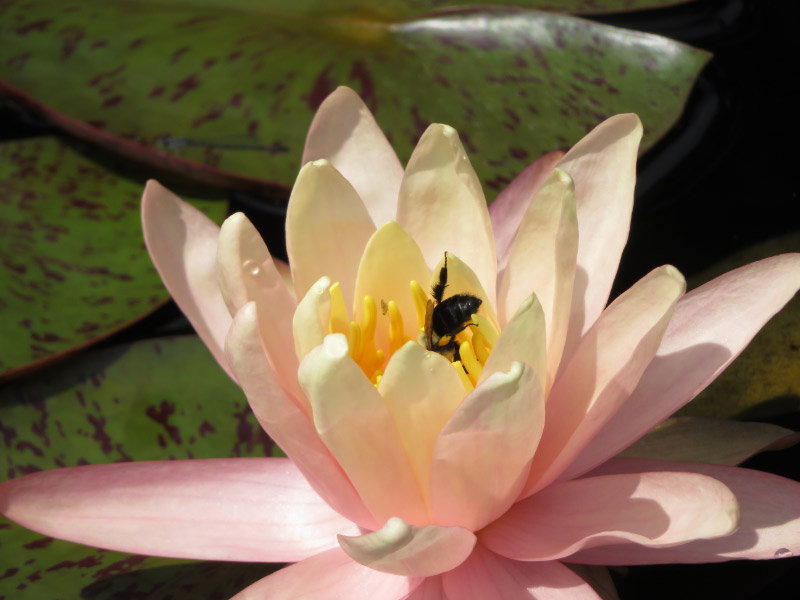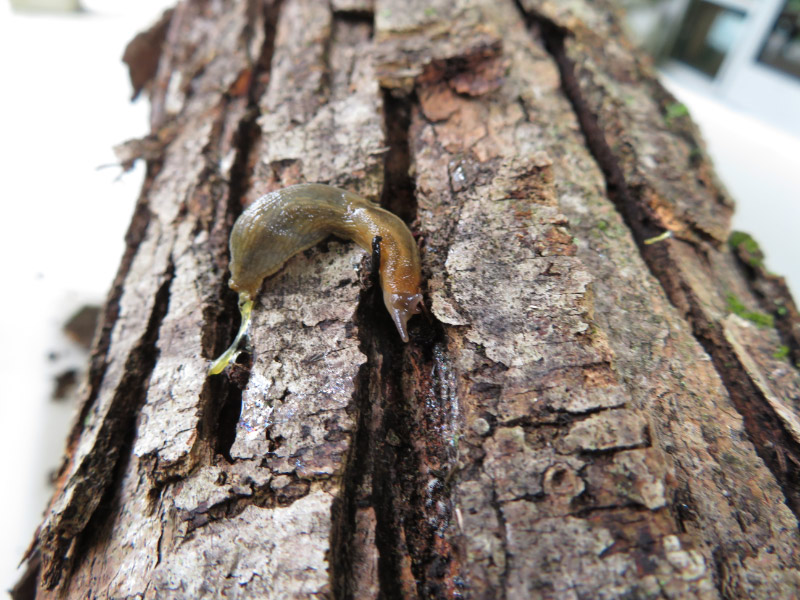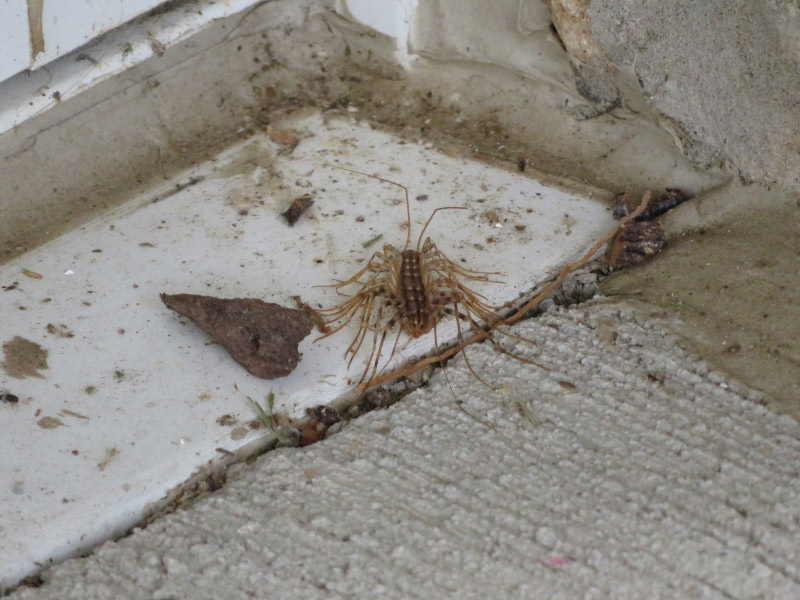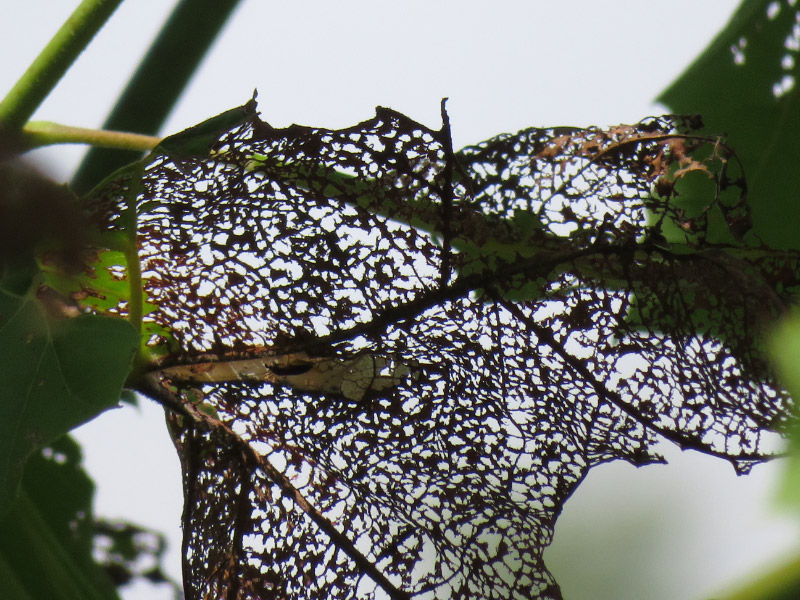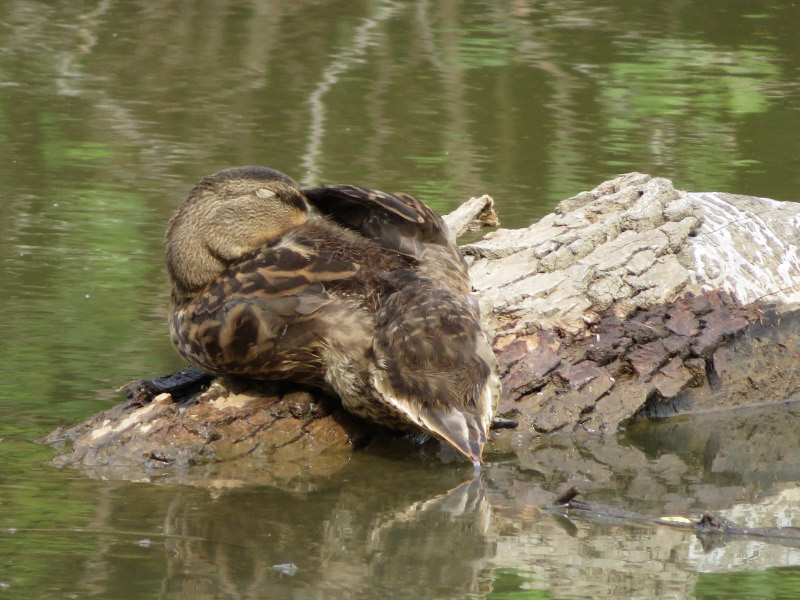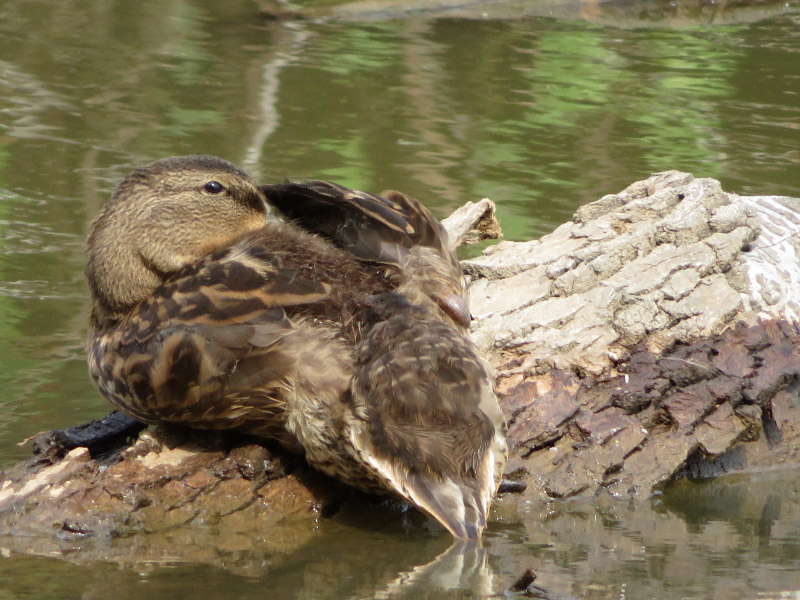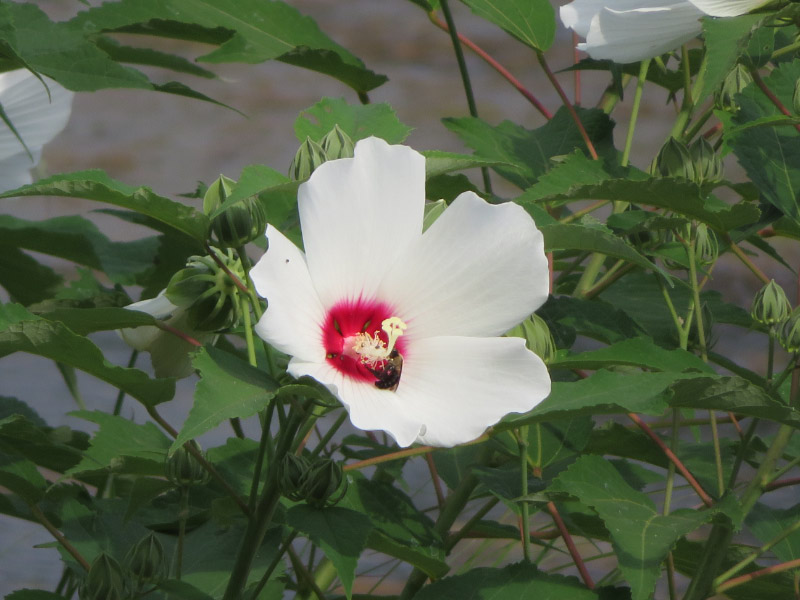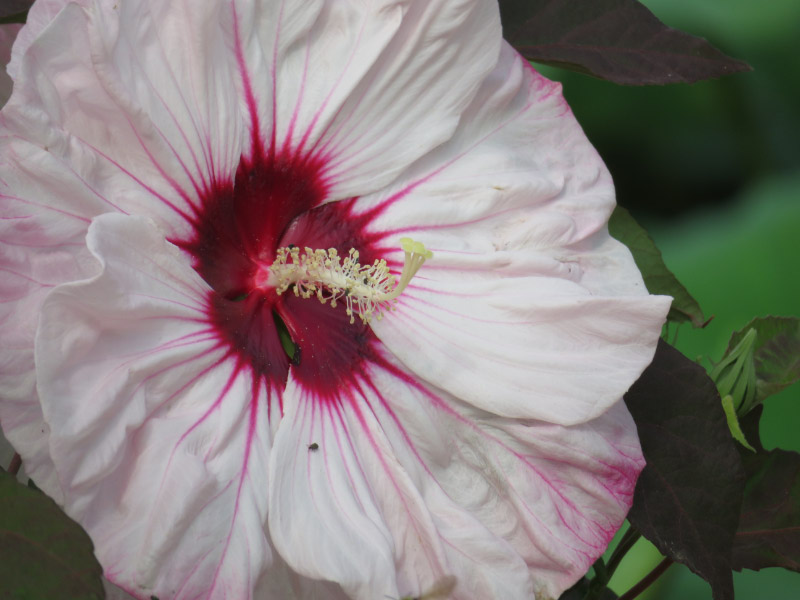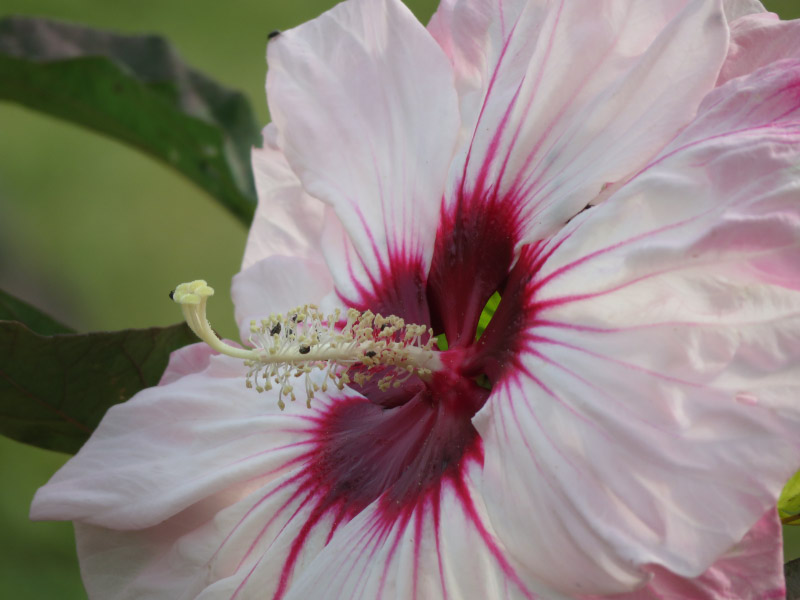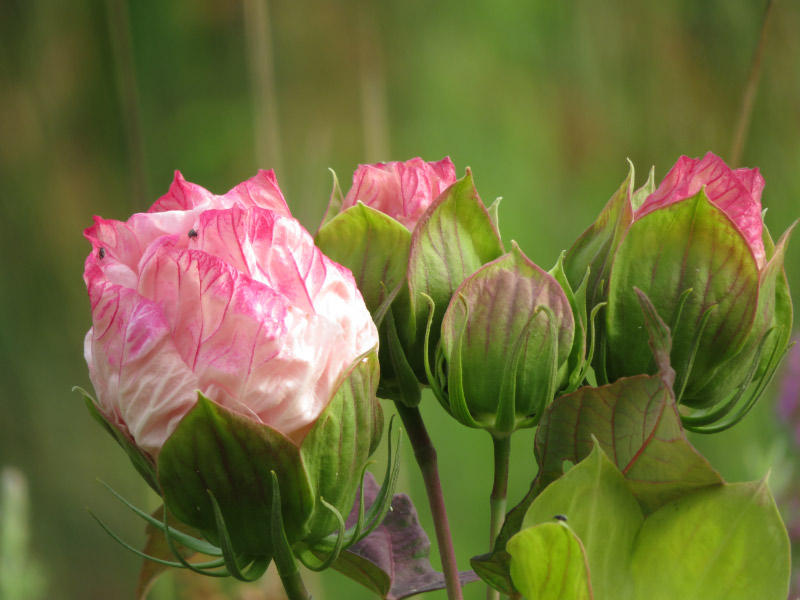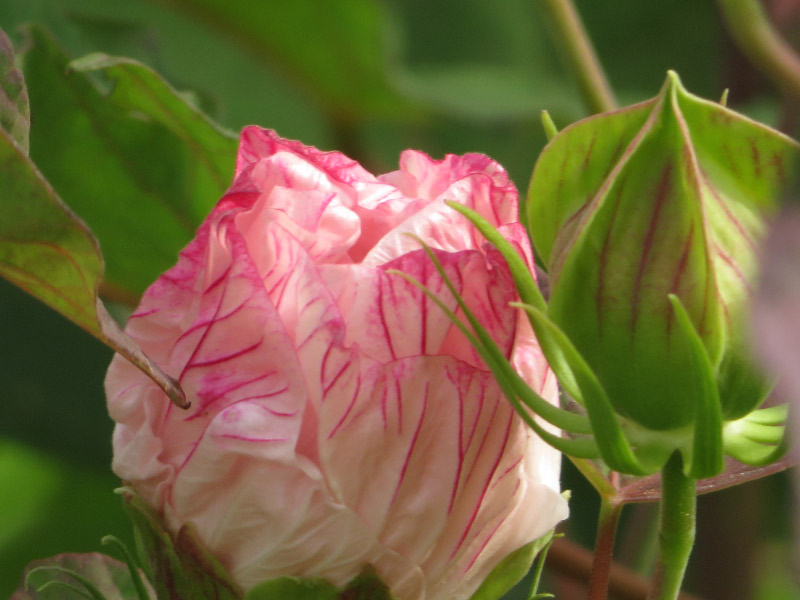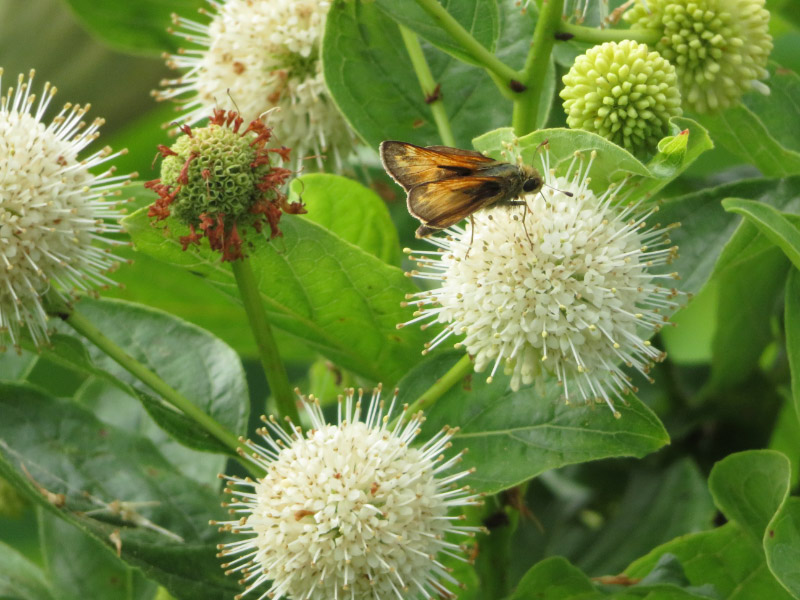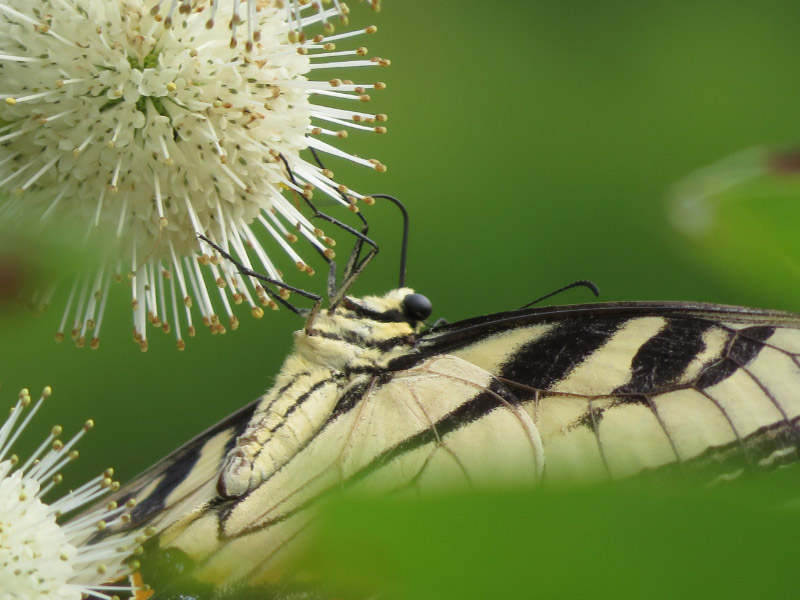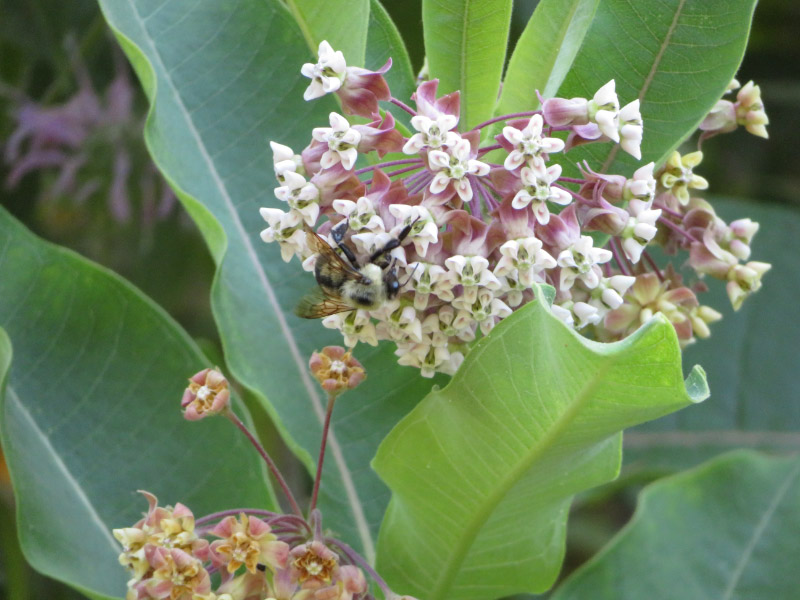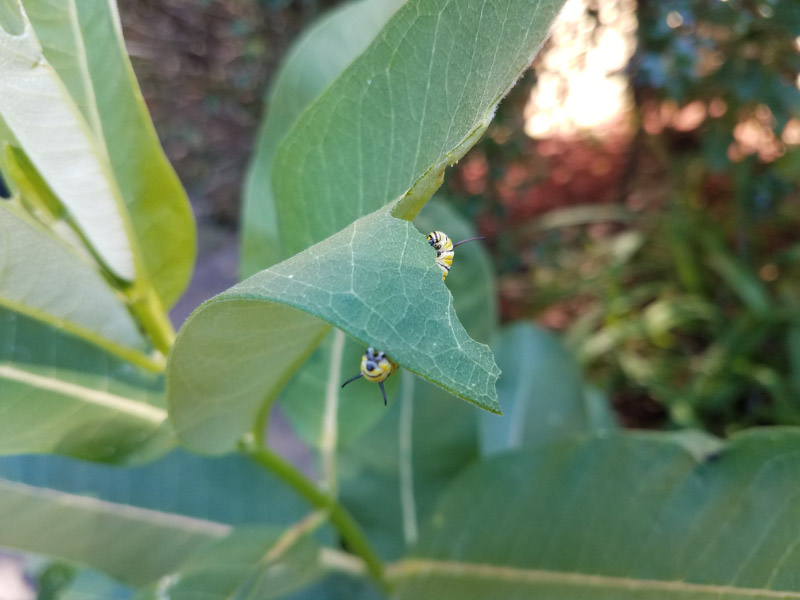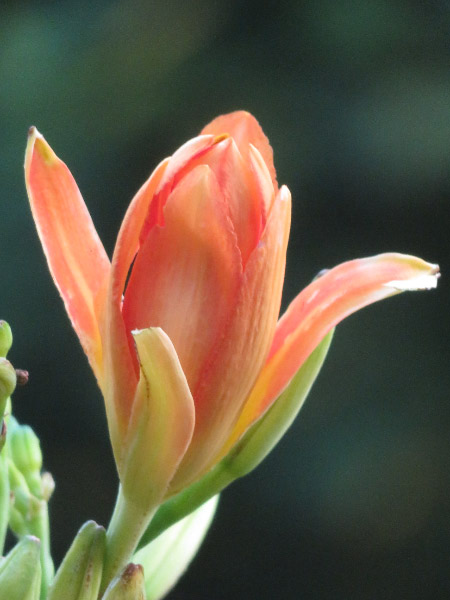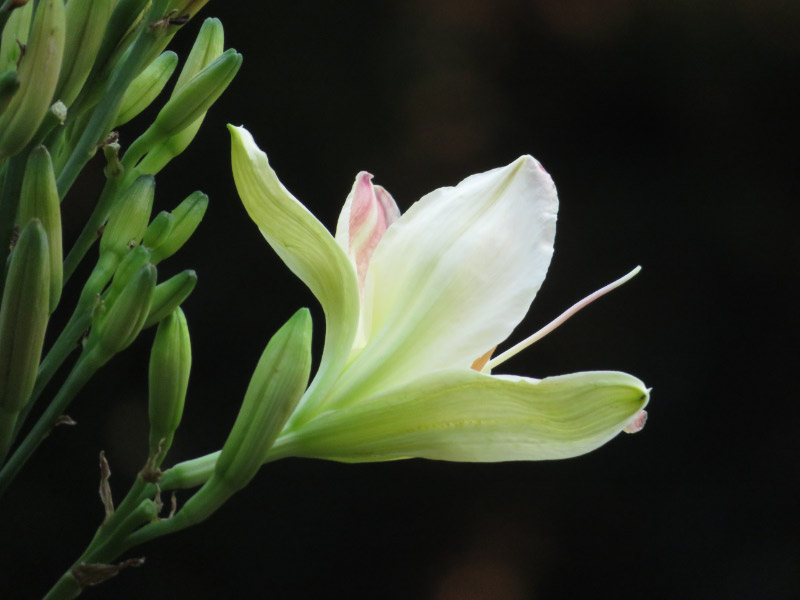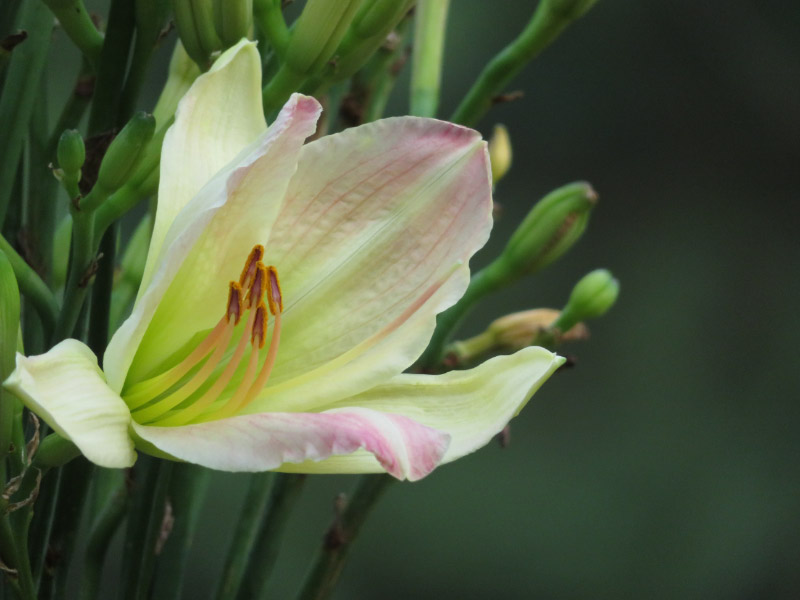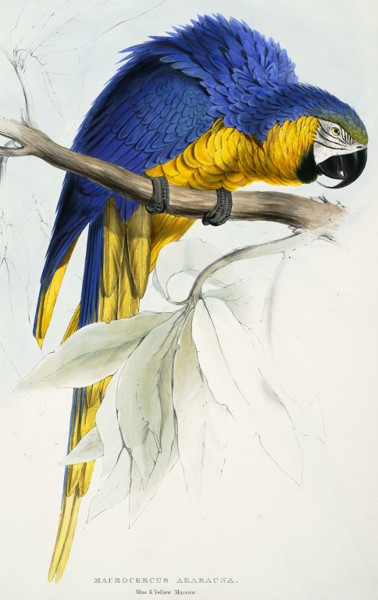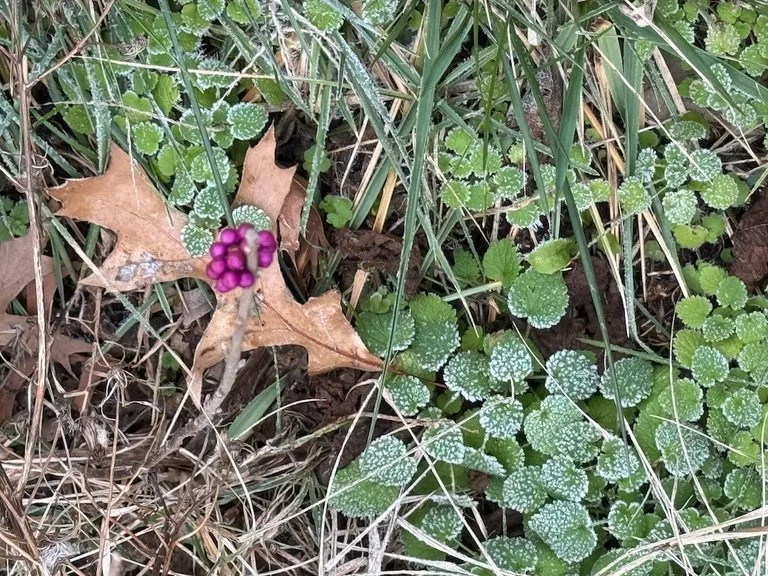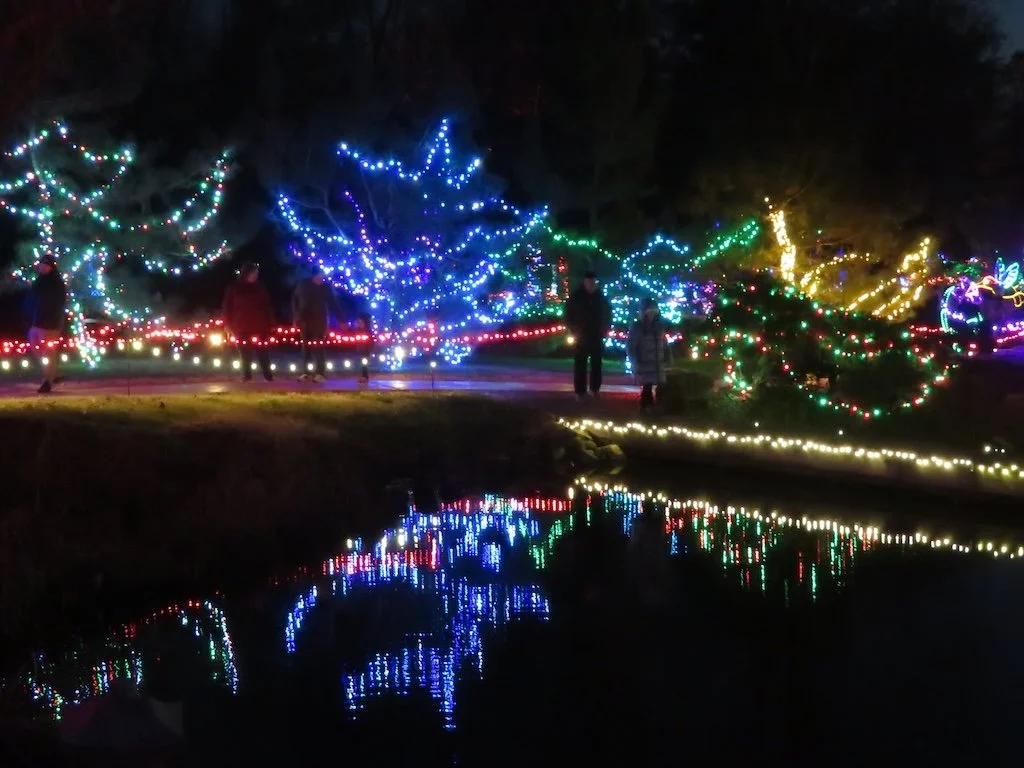Gleanings of the Week Ending July 28, 2018
/The items below were ‘the cream’ of the articles and websites I found this past week. Click on the light green text to look at the article.
Go Orchids: North American Orchid Conservation Center – A great site for learning about orchids…mentioned in my second post about the class I attended at the Smithsonian Environmental Research Center.
In praise of drawing - The Painters Keys – This is post originally written in 2006 but still very applicable today. I looked more at Internet Archive for some of the ‘how to draw’ books that were mentioned in the article; it’s amazing that in a 40-year period in the 1800s so many were published. A more recent post – from a science education perspective – was published in 2015: Rediscovering the forgotten benefits of drawing. I am contemplating taking a ‘next step’ from Zentangles to realistic drawings.
Time-Lapse Videos Capture Echinopsis Cacti in Bloom – Eye candy videos…beautiful.
Free Technology for Teachers: 7 TED-Ed Food Science Lessons – We could all learn a little more about the food we consume….educate ourselves to eat wisely.
Research Dollars Go Farther at Less-Prestigious Institutions: Study | The Scientist Magazine® - Interesting finding. I wonder if it will change how some organizations that award research dollars make decisions in the future.
Material formed from crab shells and trees could replace flexible plastic packaging -- ScienceDaily – This type of technology gives me hope. Recycling can’t do everything. We have to reduce the non-compostable materials in our packaging…have a net decrease in what has to be (expensively) recycled and/or go to the landfill.
Recovery: America’s Giant Squirrel Back from the Brink – Cool Green Science – I’ve seen signs about the Delmarva Fox Squirrel when we have gone to Blackwater National Wildlife Refuge but have never seen one. It’s good to hear a environmental improvement story!
As usual – I can’t resist the ’25 birds’ posts from National Geographic. Here are two that have come out recently: Top 25 Bird Interactions and Top 25: Wild Birds with Spectacular Catches
BBC - Future - The complicated truth about a cat’s purr – We all like to think that when our cat purrs that it is a sound of happiness…but is it?
Compound Interest - Volcanic eruptions: the chemistry of lava and volcanic gases and Compound Interest - The chemistry of spinach: the iron myth and ‘spinach teeth’ – Two posts from Andy Brunning. In the first one – click on the graphic and the larger version of the infographic will appear....a timely post with the volcanic event in Hawaii this summer.







